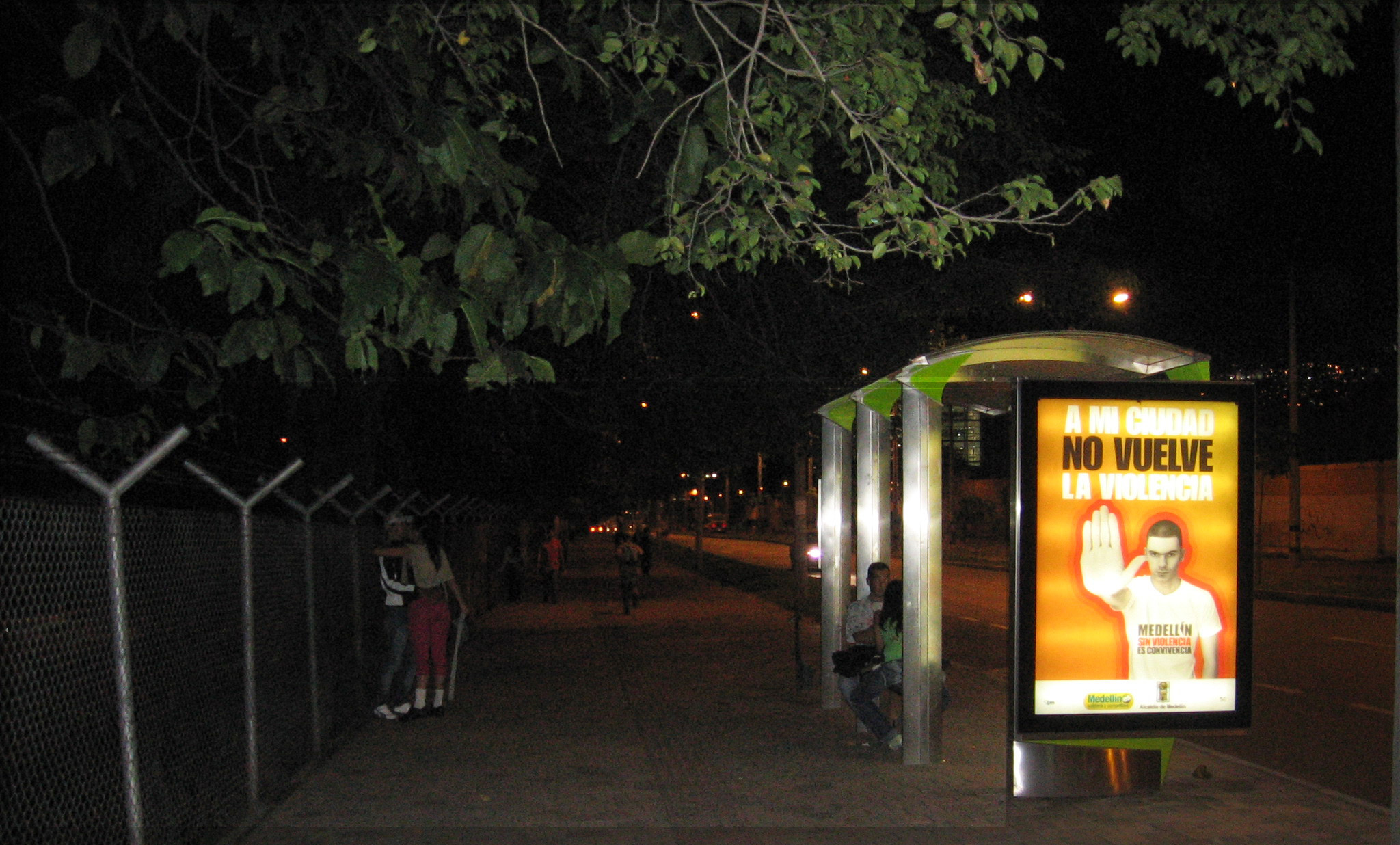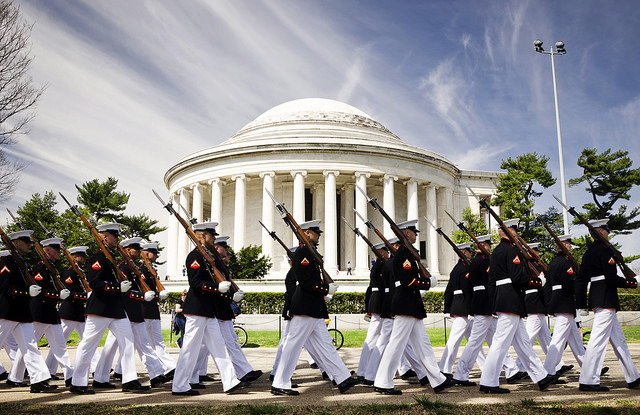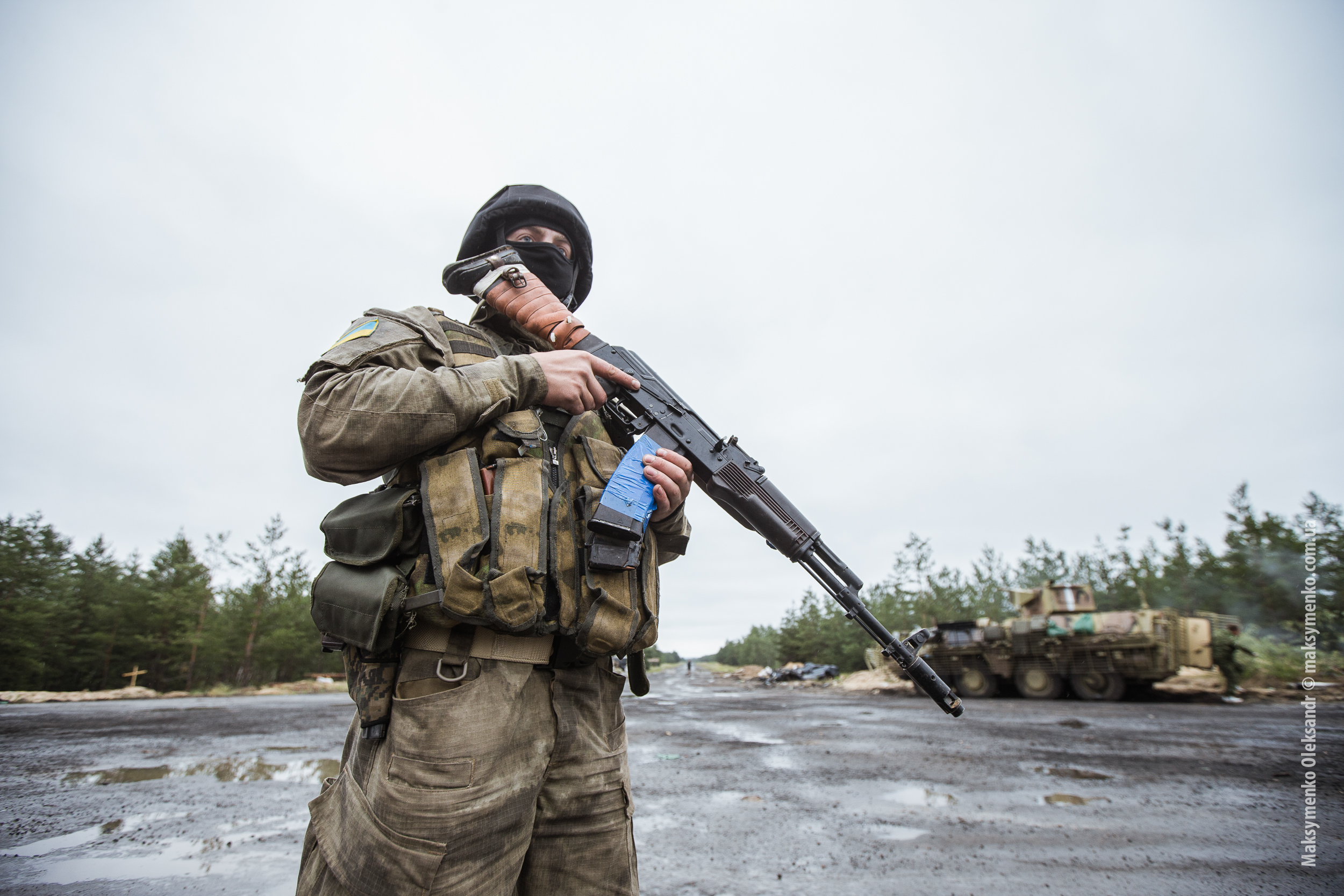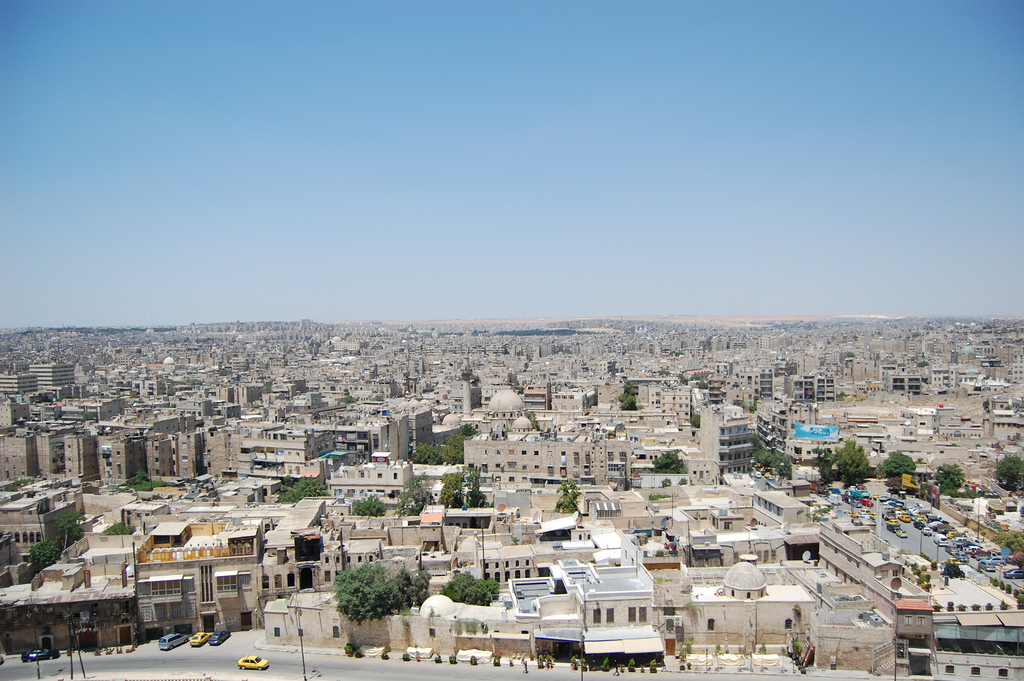Why has violence surrounding the drug trade in Mexico spiked so much since the mid-2000s? Check out this video for a graphic representation of the death toll:
[youtube http://www.youtube.com/watch?v=d8ObscVMJmE&w=560&h=315]Javier Osorio, a PhD candidate at Notre Dame and fellow at Yale’s Program on Order, Conflict & Violence, has an answer: competitive elections produced an incentive to use the military to crack down on criminal gangs, which in turn produced an incentive among weaker gangs to attack the leaders and hitmen of the gangs targeted by the Mexican military in an effort to expand their markets. Add to that the long-term trend of shrinking drug profits (since the 1970s prices have fallen as demand for high quality has risen), and you get the shock to the status quo that has generated a horrific human toll.
To briefly sketch the theory, begin with a status quo where a non-democratic government concedes, in exchange for bribes, a certain amount of control over territory. That is, the government does not develop the bureaucratic capacity necessary to fully enforce its claim to a monopoly on the legitimate use of coercion; instead, it engages in corruption and lines the pockets of those who might otherwise enforce the claim. This status quo produces a certain amount of killing as drug cartels enforce their territorial claims, but violence is relatively scarce as expectations are well established and the police look the other way.
But the introduction of competitive elections gives the executive an incentive to disrupt this status quo in an effort to gain legitimacy among a public weary of corruption and groups of people who are “above the law.” That incentive grows as the gap between electoral winners and losers shrinks (i.e., competitiveness increases). Osorio notes that Felipe Calderón’s margin of victory in 2006 presidential election was razor-thin, and attributes Calderón’s decision to utilize the Mexican military to crack down on drug cartels to the above incentive. I won’t provide further details (you can download a working paper here), but note that Osorio extends the theoretical model considerably in chapters he is not yet distributing, so you will want to keep an eye out for further work.
To test hypotheses Osorio has machine coded news reports from more than 100 local and national newspapers (and other sources), generating an events dataset that has almost 10 million observations over the district-day as the unit of observation. He then develops arguments about, and measures of, the value of territorial control to drug cartels in each district, thereby developing hypotheses about the excepted spatial and temporal variation in killings. It is exemplary subnational work, and I recommend it strongly.
I wonder about the extent to which Osorio’s theory travels well to understanding urban violence in the US. You may be unfamiliar with the extent to which certain urban neighborhoods in the US have been effectively abandoned by government. The Interrupters is an excellent documentary that makes this point as subtext to an engaging story, and I strongly recommend it (for a pop culture reference, check out Flavor Flave kicking “911 is a Joke”). There are also wide swaths of rural America where federal, state, and local government does not effectively press its claim to a monopoly on coercion (Winter’s Bone, the novel or film, offers a compelling fictitious story over this subtext).
Consider, for example, Chicago, where the Democratic party has held a supermajority for decades. This is similar to the PRI party’s historical grip on electoral politics in Mexico, a situation in which we would expect to find implicit and explicit deals cut between local cops, police commanders, and even aldermen (for a record of Chicago, see this report) and possibly mayors. If you watched The Wire you remember the Hamsterdam episode (<= [spoiler alert]), which can be described using Osorio’s theory as a situation in which a Police Commander decides to cede 100 percent of a well demarcated space to a gang.
What is interesting, then, is to ask what would happen if the Machine was broken and competitive elections occurred in cities like Chicago. Would we see a spike in violence as politicians with an incentive to reign in corruption weakened the strongest gangs, thereby unwittingly producing an incentive for weaker gangs to muscle-in, generating corpses along the way? The film noir, LA Confidential does not unfold precisely this way, but it doesn’t seem entirely off point either.
I close with a cautionary note for PhD students writing dissertations: reading this work may depress you. Osorio’s project is the real deal: it addresses an important topic of the day; he utilizes formal theory to temper his argument and develop his hypotheses; he has an area expert’s command of the historical facts (local, national and regional); he collects original data, writing a software program for that purpose, utilizes GIS technology, has almost 10 million observations, and is working with advanced statistical methods; he positions the work within eternal debates about democratic governance and political order. Oh, and the title of his dissertation rocks: Hobbes on Drugs.
@WilHMoo






2 comments